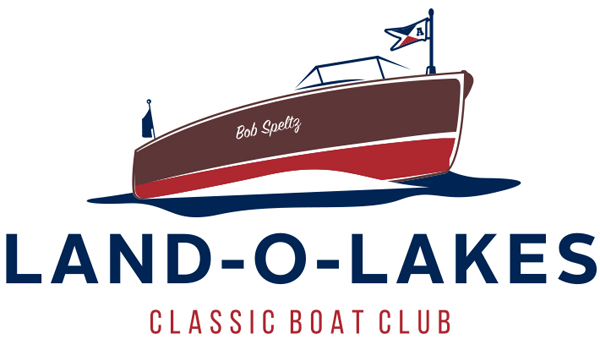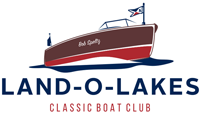by Jim Aamodt
 Elbert Hall was one of Americas foremost airplane engine designers in the years prior to World War I. By 1912, his company was producing an A5 six-cylinder engine of 824 cubic inches, which developed 125 H.P. for aircraft use.
Elbert Hall was one of Americas foremost airplane engine designers in the years prior to World War I. By 1912, his company was producing an A5 six-cylinder engine of 824 cubic inches, which developed 125 H.P. for aircraft use.
Jesse Vincent was the chief engineer at the Packard Motor Car Company. Packard was not only an automobile producer, but also a major supplier of aircraft engines (and in the 1930s and later, marine gas engines).
 By governmental request, on May 29, 1917, these two engineers met at the Willard Hotel in Washington D.C., and within five days, formulated the complete plans for a new U.S. series of airplane engines, the Liberties. Within the next year and a half, over 24,000 of these modular designed engines of 6 cylinder, V8 and V12 configurations would be built. Over 22,000 of these were V12s The complete upper end of the assemblies, camshaft, cam, lifters, drive gears, valves, cam boxes, bearings and lube assemblies were literally that of the previous A-5 Hall engine.
By governmental request, on May 29, 1917, these two engineers met at the Willard Hotel in Washington D.C., and within five days, formulated the complete plans for a new U.S. series of airplane engines, the Liberties. Within the next year and a half, over 24,000 of these modular designed engines of 6 cylinder, V8 and V12 configurations would be built. Over 22,000 of these were V12s The complete upper end of the assemblies, camshaft, cam, lifters, drive gears, valves, cam boxes, bearings and lube assemblies were literally that of the previous A-5 Hall engine.
After the war, surplus Liberty engines were widely being converted to marine use, and surplus parts were abundant. Major drawbacks, however, were the aircraft sheet metal cylinders, which could not withstand either constant power or salt water. In 1920, Hall re-designed the A-5 engine with cast iron cylinders, marine manifold, planetary transmission and a strengthened lower end to overcome this problem. The engines upper end and pistons were interchangeable with the Libertys, which afforded Hall a great source of quality and inexpensive parts. This series of engines produced by the now Hall-Scott Motor Car Company became the L-6 205 H.P. marine engine, a L-6A 250 lightweight version, a L-6G with a sliding gear transmission, and a model L-6F which was an early attempt at a low pressure supercharger.
In 1921 and 1922 the 32 John Hacker designed Adieu won the Fisher Trophy, defeating several boats with larger engines. Thus, the notoriety of this fully marine engine was established.
 The engine pictured is a 1925 model, owned by Lee Anderson of Nisswa, Minnesota. It is from his exquisite 1925 33 Hackercraft, Rebel.
The engine pictured is a 1925 model, owned by Lee Anderson of Nisswa, Minnesota. It is from his exquisite 1925 33 Hackercraft, Rebel.
It was decided that as a joint effort Les Mahlsteadt of Lester Prairie Engine and I would rebuild the engine while Mahogany Bay did updates and repairs to the boat. We also decided to replace the troublesome Miller carburetors with more reliable Zeniths (which Hall-Scott adapted to this engine in 1926 production).
After tear down, it was apparent that there were several cracks in cylinders, crankcase, oil pan, and transmission. Wear was not excessive, but one-rod assembly was bent, which scored a cylinder and demolished the piston. In addition, the water pump was badly scored, generator had a partially melted armature, one camshaft lobe was destroyed, and all roller-cam lifters were bad. The only part without wear was the nine-inch diameter internal ball bearing used as a thrust bearing. This was replaced anyway.
In addition to new bearings, pistons, valves, etc., and rebuilding of the seven engine cracks, the intricate multi-passage exhaust manifold was rebuilt with its five broken cast iron pieces being repaired by Crow Custom Cast Welding. As work was done, all water passages and exhaust ports were coated with ceramic based materials to extend component life. Eleven months and nineteen vendors in seven states later, we believe we have one of the finest of the less than one dozen of these engines known to exist. It looks good and has been restored to be used
as well as preserved.

